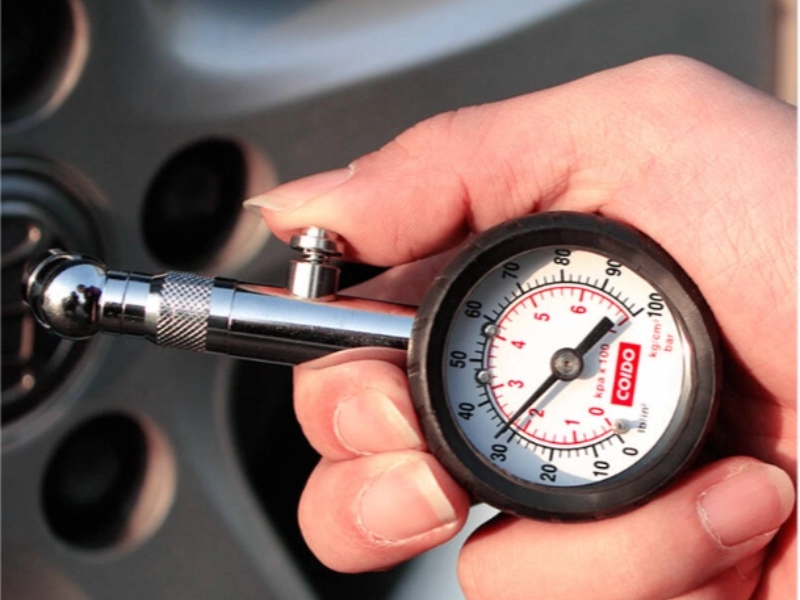Signs It’s Time to Replace Your Motorcycle Tires
Release time: 2025-10-16
Table of Contents
Your motorcycle tires are the only part of your bike that actually touches the road — which means they play a huge role in your safety and riding experience. But over time, even the best tires wear out. Knowing when to replace them can help you avoid accidents, improve handling, and keep your rides smooth and enjoyable. Here are some clear signs that it’s time to get new motorcycle tires.
1. The Tread Is Worn Down
Tread depth is one of the most obvious indicators of tire wear. The tread provides grip, especially on wet or slippery roads. Most motorcycle tires have wear indicators — small rubber bars built into the tread grooves. If these bars are level with the surface of the tire, it means your tread is too shallow, and it’s time for a replacement. Generally, when the tread depth is below 1.6 mm (2/32 inch), your tire can no longer offer safe traction.
2. Cracks and Dry Rot
If you notice small cracks on the sidewalls or between the tread patterns, that’s a sign of dry rot. Tires naturally age due to exposure to sunlight, heat, and ozone. Even if a tire looks fine at first glance, cracks mean the rubber is becoming brittle and could fail suddenly while riding. If you see cracking, don’t risk it — replace the tire immediately.
3. Uneven or Cupped Wear
Uneven wear can happen for several reasons — improper tire pressure, misaligned wheels, or worn-out suspension parts. You might notice the tire feels bumpy or vibrates at certain speeds. “Cupping” refers to small dips or scalloped patterns across the tread, which can cause unstable handling. Replacing the tire (and checking your suspension setup) can restore a smoother ride.
4. Visible Damage or Punctures
If your tire has cuts, bulges, or punctures, it may not be safe even if it still holds air. A bulge indicates internal damage to the tire’s structure, which can cause a blowout while riding. While small punctures in the center tread can sometimes be repaired, sidewall damage almost always requires full replacement.
5. Age of the Tire
Even if your tire looks fine, age matters. Rubber breaks down over time — even if you don’t ride often. Most manufacturers recommend replacing rubber motorcycle tires every five to six years, regardless of tread condition. You can check the tire’s manufacturing date on the sidewall (look for the four-digit DOT code; for example, “1920” means it was made in the 19th week of 2020).
6. Poor Handling or Strange Feel
If your bike suddenly feels unstable, slides easily, or needs more effort to turn, your tires could be the reason. Loss of grip, wobbling, or unusual feedback through the handlebars often signals that the tires are worn or unevenly balanced.
Conclusion
Your tires are your bike’s foundation — they affect grip, comfort, and most importantly, safety. Regularly inspect them for wear, cracks, and damage. When in doubt, it’s always safer (and cheaper in the long run) to replace them before they fail. After all, a good set of tires can make the difference between a thrilling ride and a dangerous one.



